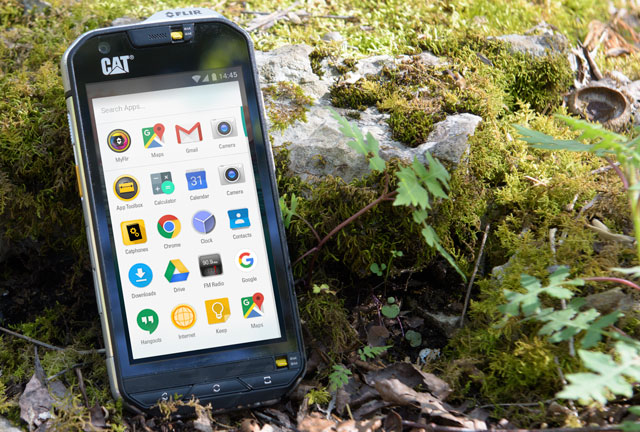
Cat, part of the Caterpillar stable, will on Thursday launch in South Africa what it’s calling the world’s first smartphone with a thermal imaging camera.
The phone, developed on Cat’s behalf by UK firm Bullitt Group, is designed to be rugged and is aimed at people in industries such as construction, agriculture, security and maintenance (plumbers, electricians, and so on) where hardier devices that don’t break easily are a necessity.
Bullitt, which is based in Reading in the UK and which employs 140 people, also develops phone products on behalf of Land Rover, Kodak. It is also building an audio hardware line, with Ministry of Sound as a customer.
The company believes the thermal imaging camera built into the new Cat S60, which can show detailed images of heat and cold, will find plenty of real-world applications among its users.
The company’s director of product management, Pete Cunningham, speaking to TechCentral ahead of Thursday’s launch, said the S60, which is a premium phone — it has a recommended retail price of R12 999 — is targeted at a niche that values the Cat brand’s rugged devices.
“The phones are designed for people that have tougher lifestyles than a standard office worker,” said Cunningham. “An example would be a maintenance guy, whose van is his office.”
The new S60 offers access to a bespoke app store, called the App Toolbox, which provides users with recommendations of apps that are likely to appeal to the audience the phone targets — for example, there’s a selection of construction apps, and of farming apps.
“We are not looking at a mass market. We understand who our users are and we can handpick apps suitable to those users,” Cunningham said.
He said that beyond its rugged design, the S60 has two features that will make it stand out from the rest of the market.
The first is that the phone can be taken up to 5m underwater (2m in standard mode, without flipping a switch that adds extra protection to the speaker grille and other phone cavities). Users can take photos and shoot video underwater, he said.
The second feature, and the one likely to grab most people’s attention, is the thermal imaging camera, supplied by partner FLIR. Images can be manipulated in multiple ways. For example, the camera can be used to find the warmest or coldest point in a room. It can also be used to detect the average temperature of an object. (See the images below for samples taken with the camera.)
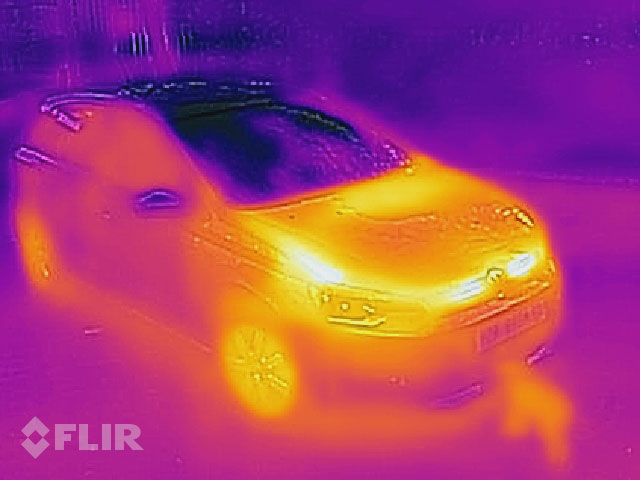
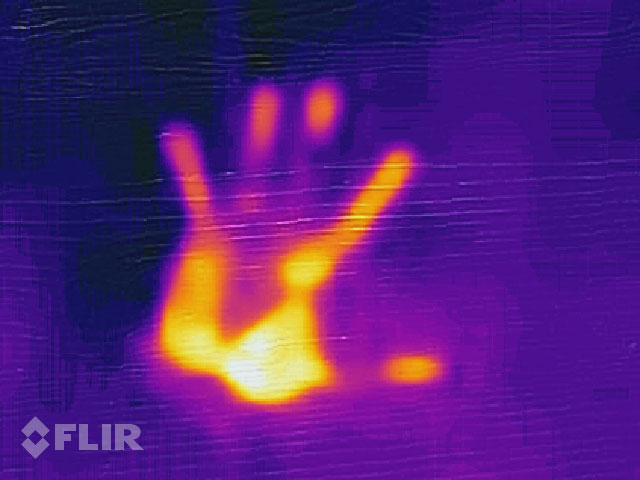
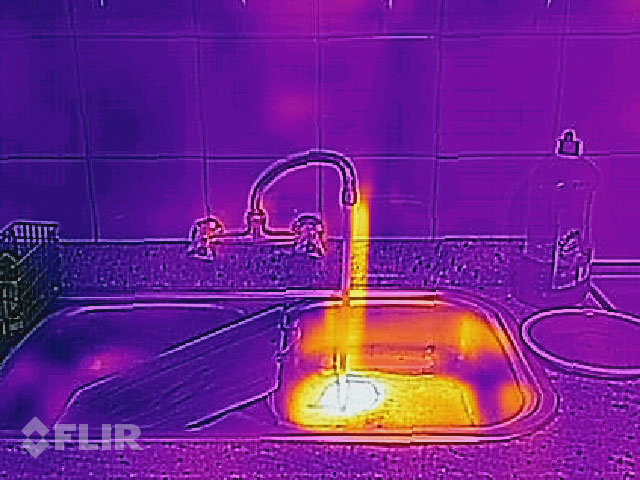
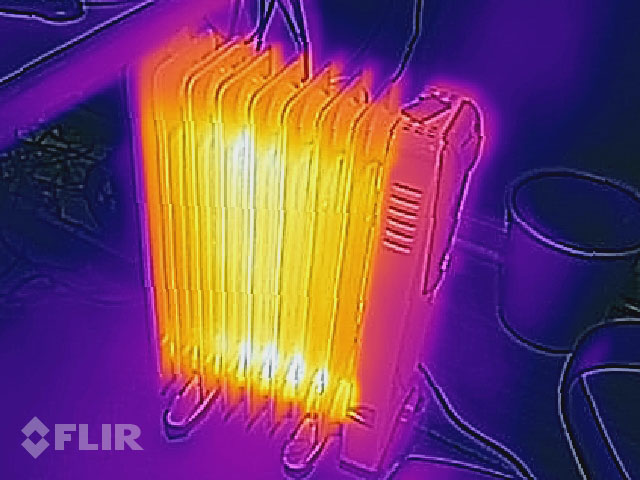
Cunningham said the applications are almost endless. For example, someone examining a window could use it to determine where cold air might be leaking in. Or an electrician could use it to see if there’s excessive heat in any part of a home’s fuse box. A security guard could use it to determine if someone is lurking in the bushes at night.
The camera can measure temperatures between -20°C and 120°C, with a tolerance of about 3°C. The tolerance is fine for most applications, but Bullitt said it’s not enough to tell if someone is running a fever, for example.
Police officers at the scene of a traffic accident could use it to see how many occupants there were in an abandoned vehicle, or check if anyone who might have been injured has collapsed in vegetation alongside the road.
It can even be used, he said, to determine how much gas is left in a gas bottle.
The camera can measure temperatures over a distance of up to 30m. It can’t, however, be used to see through thick walls.
Images from the phone’s “normal”, 13-megapixel camera can also be overlaid with the thermal images using a technique called “multispectral dynamic imagery”, Cunningham said.
The phone has an eight-way, 64-bit Qualcomm Snapdragon 817 processor, 32GB of storage, 3GB of RAM and a 4,7-inch HD display. Battery life should be good, with the battery rated as 3 800mAh. – © 2016 NewsCentral Media

